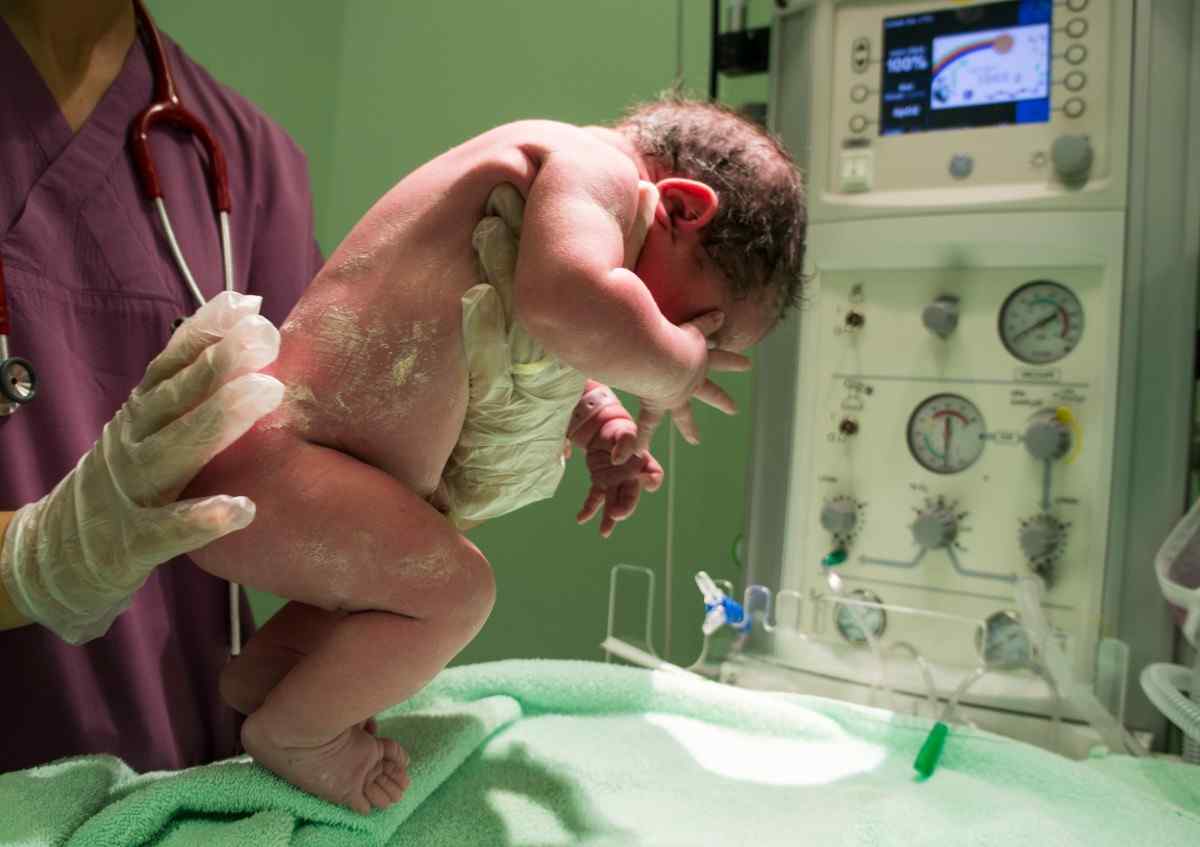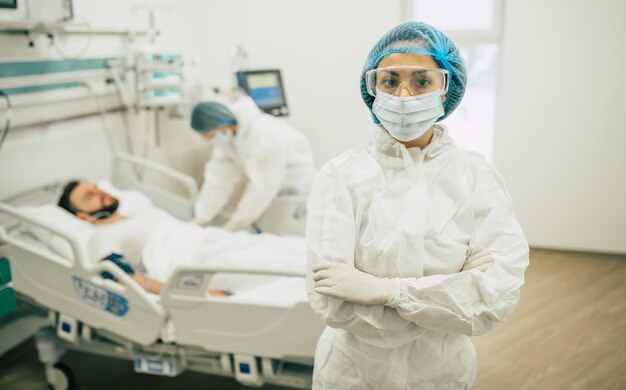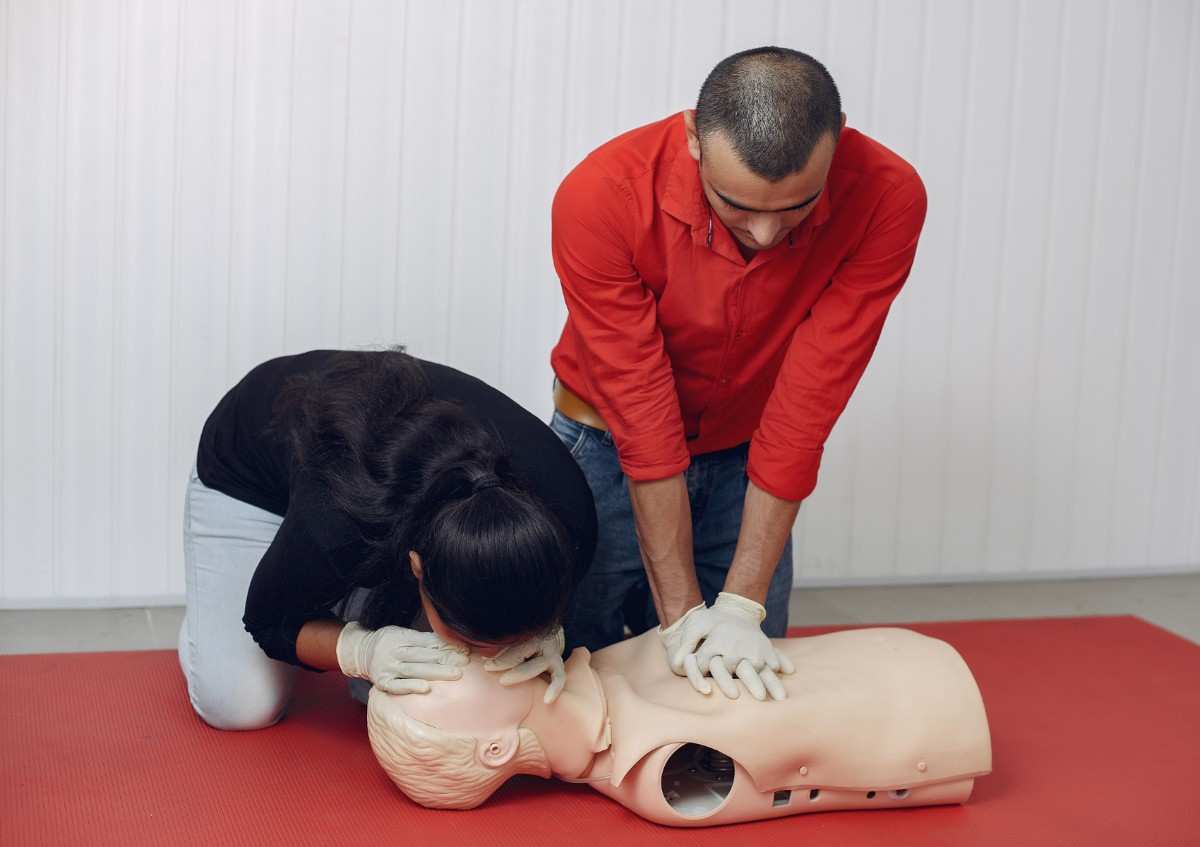Did you know that children nowadays recover sooner and safer from operations? Thanks to fast advancements in child care technology. Children's surgery has come a long way—not only in the manner they perform procedures but also in how young patients recover and develop. At ANS Hospital, we discuss the finest child skills with cutting-edge surgery technology to provide improved quality outcomes to children of all ages.
In this blog, we discover how innovation now is revolutionizing children's surgery—from enhanced diagnosis and surgical accuracy to speedier recovery and sustained wellbeing.
Children are not miniature adults—kids possess distinct physiological and psychological demands. From anesthesia approach to tissue recovery and psychological preparedness, pediatric surgery requires a differentiated approach, including:
• Greater standards of accuracy
• Longer, thinner surgical instruments
• Decreased recovery cycles
• Pediatric-specific anesthesia protocols
• Combined emotional and psychological care
This is where technology at the bleeding edge truly excels—enabling surgeons to treat growing bodies with safer, gentler, and more effective care.
1. Minimally Invasive Surgery (MIS)
The transition to laparoscopic procedures results in operations having minimal incisions and reduced instruments and cameras. These developments provide:
• Reduced postoperative discomfort
• Reduced scarring
• Shorter hospital stays
• Rapid recovery
2. Robotic-Assisted Surgery
By utilizing advanced platforms, our pediatric surgeons have the benefit of greater precision in intricate operations. This leads to:
• Improved surgical precision
• Reduced bleeding
• Improved functional and cosmetic results
3. Intraoperative Imaging and Navigation
Techniques like 3D imaging, real-time ultrasound, and MRI-guided navigation provide surgeons with more visibility, reducing the risk of surgical misadventure and enhancing real-time decision-making.
4. Advanced Anesthesia Monitoring
Anesthesia technologies specific to children provide safe sedation with immediate monitoring and reduced risk prior to and post-surgery.
5. 3D Printing and Surgical Simulation
Surgeons can practice first on 3D-printed models of organs before surgery takes place. It improves accuracy, particularly in exceptional or dangerous conditions.
These new technologies are making improvements in recovery. Here's how:
• Less invasive surgery = sooner return to usual activities
• Reduced risk of infections and post-surgical complications
• Better pain control methods
• Shorter hospital stays, less family stress
• Improved surgical results in complicated and congenital cases
At ANS Hospital, we are committed to the notion that each child should be treated with care customized to their unique needs—rendered with care and clinical expertise. Here's why we need to be your first choice:
• Committed Pediatric Surgical Unit with cutting-edge infrastructure
• State-of-the-Art Operation Theatres with robotics and guided imaging technology
• Specialized Pediatric Surgeons who have dedicated years of specialized training
• Multidisciplinary Care Team of pediatricians, anesthesiologists, physiotherapists, and counselors
• Recovery Protocols for Children to heal body and soul
We hope this blog has provided you with a clearer picture of how technology is changing the face of pediatric surgery—making it safer, more accurate, and recovery-focused. At ANS Hospital, we are dedicated to bringing medical expertise, cutting-edge technology, and loving care together—so your child can heal whole, happily, and get back to being a kid.
 Innovations in Pediatric Surgery: A Look at Modern Techniques
Innovations in Pediatric Surgery: A Look at Modern Techniques
 Understanding Critical Care: When is ICU Admission Necessary?
Understanding Critical Care: When is ICU Admission Necessary?
 The Benefits of Nanotechnology in Reducing Knee Replacement Recovery Time
The Benefits of Nanotechnology in Reducing Knee Replacement Recovery Time
 CPR in Trauma Cases: Why It's Critical for Survival Before Hospital Care
CPR in Trauma Cases: Why It's Critical for Survival Before Hospital Care